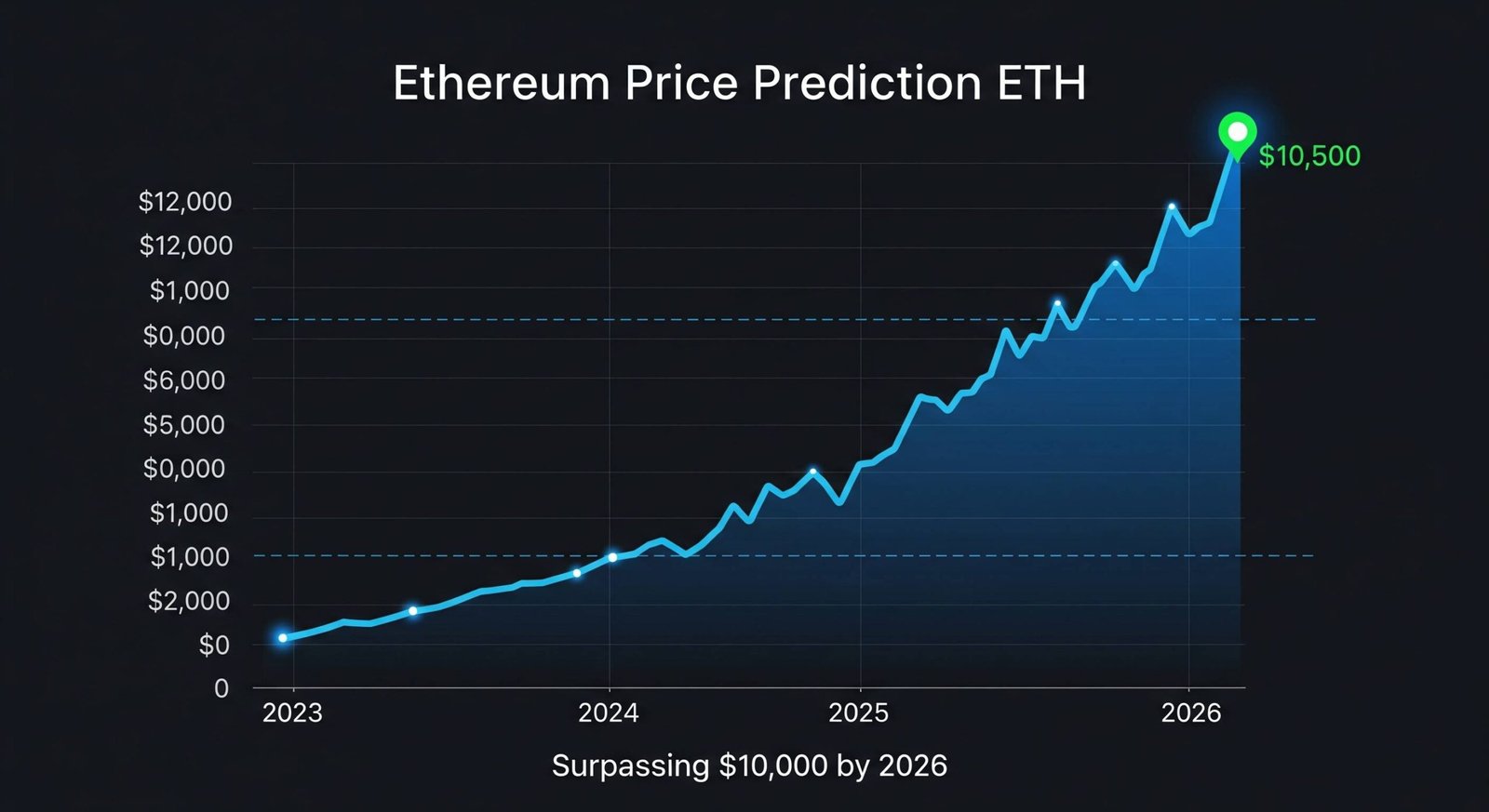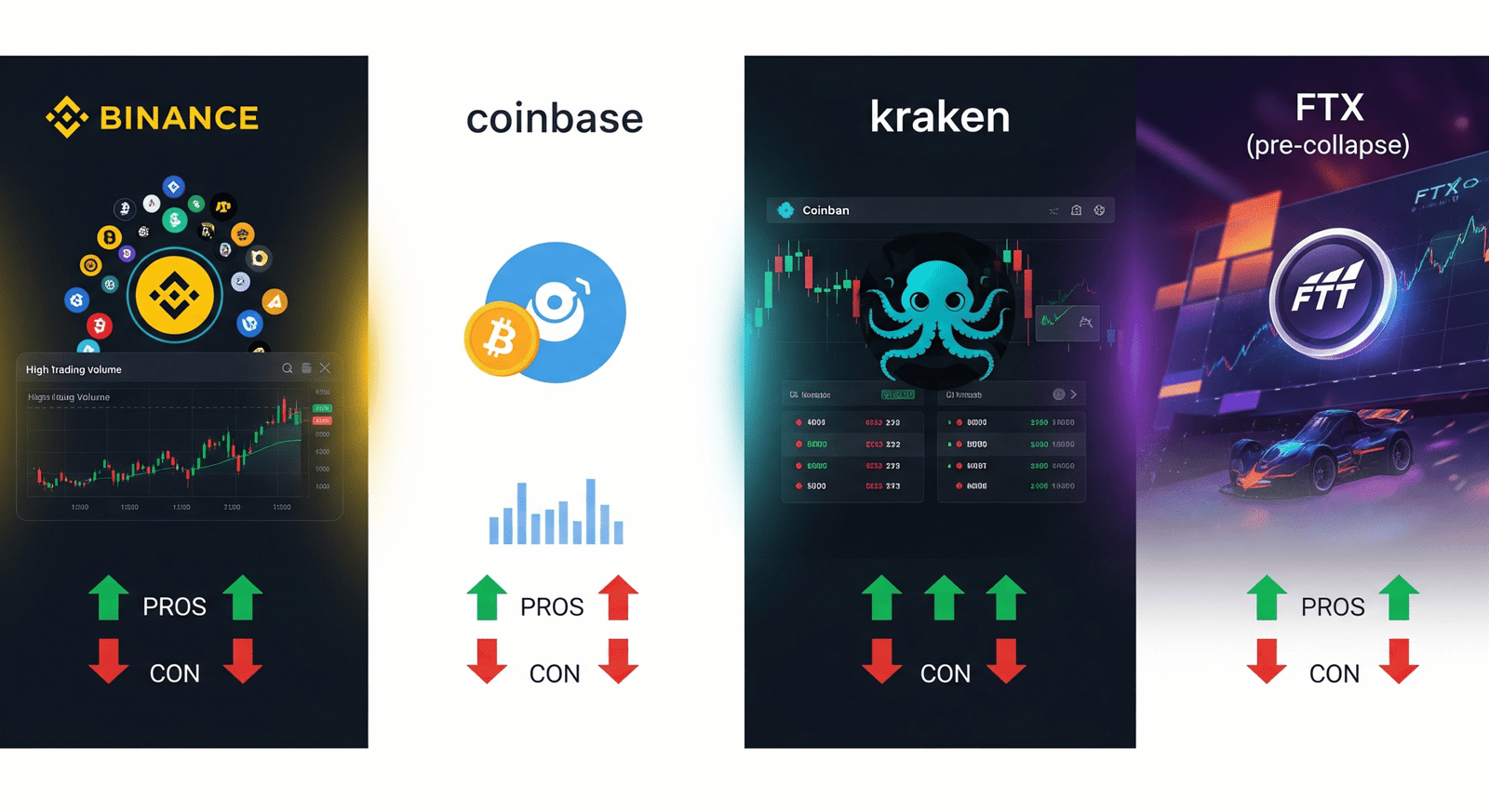Cryptocurrency markets are showing a mix of cautious optimism, regulatory undercurrents, institutional interest, and evolving use cases. Prices of leading tokens are rising, but many investors remain alert to macroeconomic signals, regulatory risks, and security concerns.
Let’s break down the main trends, significant events, and what to watch next.
Key Price & Market Trends
Bitcoin
Bitcoin is trading around US$115,000 as of September 16, 2025. The Economic Times+1
There is a technical setup forming: the coin is moving inside a symmetrical triangle pattern, which often precedes breakout. This suggests that while sentiment is positive, many are waiting for clearer triggers. The Economic TimesEthereum and Major Altcoins
Ethereum is behaving similarly to Bitcoin in terms of dragging investor attention, though its price gains are somewhat more muted in percentage terms. In India, for example, Ethereum is around ₹3.9 lakh (~US$4,423), rising along with Bitcoin. CoinSwitchAmong altcoins, there are a number of tokens seeing strong upward momentum: Solana, Mantle (MNT), Avalanche (AVAX), Sei (SEI), Dogecoin (DOGE), etc., are among top gainers in one‐day/short‐term moves. CoinSwitch+1
XRP (Ripple)
XRP has made a significant comeback—recently re-entering the top 100 global assets by market cap. It’s valued at around US$3.10 per token, with a market cap of about US$185 billion. The Economic TimesAnalysts are pointing out that it might have room to grow, potentially toward US$5, driven by institutional interest, legal/regulatory developments, and possible ETF approvals. But, as always, resistance levels and macro risk remain. The Economic Times
Binance Coin (BNB)
BNB recently reached a record high of US$907, largely driven by its partnership with investment firm Franklin Templeton. This kind of institutional collaboration is playing a big role in pushing up prices and credibility. The Economic Times
Major Developments & Events
Tether’s New Stablecoin for the U.S.: “USAT”
Tether, issuer of USDT, is planning to launch a new U.S.-based stablecoin called USAT. ReutersIt is meant for American residents and to be fully compliant with the GENIUS Act, the new law governing stablecoins in the U.S. Reuters
The issuer: Anchorage Digital Bank (a U.S. national trust bank). Reuters
As of now, there are no immediate plans for USAT to offer yield generation. Reuters
This move shows how major players are adjusting to evolving regulatory landscapes, especially in the U.S., and trying to offer stablecoins that are clearly lawful. It might also create competitive pressure on non-U.S. stablecoins in U.S. markets.
Regulatory & Policy Moves: India and Globally
India is resisting a full crypto framework, citing concerns about systemic risk if digital assets are too tightly integrated with formal financial institutions. Reuters
The Reserve Bank of India (RBI) believes regulation alone might be insufficient to contain potential risks. Reuters
Meanwhile, crypto holdings by Indians are about US$4.5 billion, which while substantial, are not viewed by regulators as a major systemic threat yet. ReutersGlobal regulatory trends are pushing for clarity: the U.S. (via the GENIUS Act), initiatives in stablecoin regulation, oversight of exchanges, and compliance requirements are intensifying. This is pushing crypto firms to more institutional standards in governance and operations.
Institutional Adoption & Partnerships
The partnership between Binance and Franklin Templeton is a prime example of how traditional finance is engaging with digital assets. The effect shows up in BNB’s price run. The Economic Times
In UAE, RAK Properties (in Ras Al Khaimah) is allowing real estate purchases via crypto payments, in collaboration with Hubpay. This is part of a broader effort to attract global, tech-savvy investors and modernize real estate transactions. The Times of India
Scams, Security, and Platform Risk
Crypto scams continue to cause large losses. In Kolkata, a businessman lost ~₹3.8 crore after falling victim to a “honey trap” on social media, which resulted in investments into a fake crypto trading platform. The Times of India
Security breaches remain a concern. For example, CoinDCX suffered a $44 million hack affecting one of its internal operations accounts. While user funds were reportedly unaffected, the incident raised serious questions around operational security and reserve practices. The Times of India+1
Deep Dives: What These Trends Mean
A) Regulatory Caution vs Innovation
There’s a growing divergence between jurisdictions that are pushing for formal regulation (or even legislation) of crypto, versus those that remain more cautious.
India’s case is illustrative: While there’s strong grassroots adoption, and crypto trading is active, the regulators are wary. The fear is that heavy regulation (or inclusion of crypto into formal banking/financial systems) might introduce systemic risk—potential contagions, instability, money laundering, or other financial crime risks. Reuters
On the other hand, other countries (particularly in the U.S.) are creating frameworks like the GENIUS Act, and signals suggest stablecoins and digital assets will increasingly be subject to rigorous rules. Companies like Tether are responding by launching compliant versions like USAT. Reuters
The balance is delicate—too much regulation may stifle innovation; too little may lead to fraud, risk, or even financial instability. Stakeholders are walking that line carefully.
B) Institutional & Real-World Use Cases Expand
Institutional interest continues to grow: fund managers, real estate firms, global payment services are adopting crypto or partnering with crypto firms.
Franklin Templeton + Binance is one high-visibility collaboration. The Economic Times
Real assets (like real estate) being purchasable in crypto (RAK Properties in UAE) show how crypto is moving beyond speculation toward utility. The Times of India
These moves help build legitimacy. They also force improvements in things like transparency, security, regulatory compliance, and risk management.
C) Stablecoins Becoming Central
As regulation grows in importance, stablecoins are gaining center stage—not just as speculative tools, but as building blocks for payments, DeFi, cross-border remittance, and even perhaps monetary policy tools.
Tether’s USAT is a clear example: a stablecoin designed from the start to comply with U.S. regulation. Reuters
Research and academic work (see the paper “Banking 2.0: The Stablecoin Banking Revolution”) also portray stablecoins as a potentially transformative force in how global finance is organised. arXiv
There are challenges though: how to ensure backing, transparency, audited reserves, regulatory compliance, and avoidance of misuse (e.g. for money laundering or illicit finance).
D) Market Sentiment: Optimism, But Watchful
The macroeconomic environment is important. Inflation data, central bank rate decisions, monetary policy risk remain key inputs. For example, a dip in U.S. producer-price inflation has helped lift risk sentiment. CoinSwitch
Technical indicators suggest that while there is upside potential, many major cryptos are in consolidation or approaching resistance zones. Breakout triggers (positive policy, ETF approvals, regulation clarity) are much anticipated.
Conversely, risks are very real: regulatory crackdowns, security breaches, scams, macroeconomic shocks (e.g. rate hikes or inflation surprises), or major policy shifts (e.g. tax changes) could drag sentiment down.
What to Watch in the Coming Months
U.S. Regulation & Stablecoin Laws
How the GENIUS Act gets implemented (especially how it defines compliance, oversight, reserve requirements) will matter. USAT and similar stablecoin projects will be a test case. Any delays or regulatory pushbacks could ripple globally.ETF Approvals & Institutional Flow into Cryptos
Approval of spot crypto ETFs (especially for Ethereum, XRP, etc.) in the U.S. or other large markets could dramatically increase institutional participation. Speculation around such approvals is already pushing up prices in some cases (e.g. XRP). The Economic TimesSecurity & Platform Integrity
Hack incidents like CoinDCX will continue to test user trust. Exchanges and other platforms will need to deepen their security practices: transparent audits, insurance or bonds, better internal controls. Regulatory oversight may step in more aggressively if platform failures become bigger or more frequent.Regulatory Moves in India
Given India’s large user base, its decision whether to introduce a comprehensive crypto law—and how that law is structured—will be critical. Key issues include taxation, money-laundering protections, oversight, digital payments implications, and how stablecoins are treated. India’s approach may set a template for similarly sized economies balancing risk and innovation.Expansion of Real-Use Adoption
Watch for more use cases: real estate payments, cross-border remittances, tokenization of real-world assets, DeFi growth, NFTs. The projects that can combine technical robustness with real utility will likely outperform speculative ones over time.Macro Environment
Inflation, interest rates (especially in the U.S.), global economic slowdown risks, foreign exchange risks: all of these feed into crypto. Since crypto is still seen by many as a risk asset (volatile, sensitive to liquidity, rate environment), traditional macro-drivers remain very relevant.
Risks & Possible Downturn Triggers
Regulation missteps: overly harsh regulation, or sudden regulatory crackdowns could spook markets. Examples: bans, stringent reporting rules without infrastructure to comply, unclear tax policy.
Security breaches: big hacks or fraud cases reduce trust, may lead to regulatory action, or encourage outflows.
Macro shocks: sharp increases in interest rates, persistent inflation, geopolitical crises.
Stablecoin failures: if stablecoins are found not to have proper reserve backing, or misuse, that could create ripple effects.
Speculative bubbles: certain meme tokens or presale projects might see exaggerated hype; when hype ends, collapse can be swift.
Case Study: XRP’s Resurgence
Since XRP recently rejoined the top 100 global assets, it provides a useful case to see how different factors combine.
What’s driving XRP now:
Regulatory/light legal clarity improvements: Even though there is no U.S. spot XRP ETF yet, expectations around regulation are boosting confidence. The Economic Times
Institutional demand: Investors looking for alternatives or adjuncts to ETH and BTC are backing XRP (especially for use in payments, remittances).
Momentum & chart patterns: Rising support levels, increased volume, and technical resistance being tested have given bullish signals.
What XRP needs to overcome:
Solidify regulatory clarity (especially in major markets like the U.S.).
Maintain or increase demand beyond speculative trading—use cases, real transactions.
Manage risks around token supply, competition from other Layer-1/L2 tokens.
If things go well, some analysts believe XRP could reach US$5 by end of 2025 under favorable regulatory & adoption scenarios. But that’s not guaranteed. The Economic Times
Global vs Indian View: Adoption, Policy & Sentiment
India has robust retail adoption. Young tech-savvy population, strong interest in crypto. But regulators are conservative. Govt and RBI, per recent documents, are still uneasy about integrating crypto fully into the formal financial / banking systems. Reuters
Global markets (U.S., UAE, countries in EU etc.) are pushing forward with stablecoin regulation, more institutional investment, expanding use cases. UAE’s RAK’s crypto payments for real estate is a good example of proactive adoption. The Times of India
The contrast: adoption can happen even when regulation lags; but for long-term stability, regulation, security, and transparency are essential.
Noteworthy New Projects & Presales
Some newer cryptos and presales are attracting attention:
Layer Brett ($LBRETT) has been highlighted as a presale project with large upside potential compared to more established names like Cardano or XRP. Key selling points include very high transaction speed (~10,000 TPS), ultra-low gas fees, high staking APYs, and vibrant community engagement. Indiatimes
Remittix (RTX) is being tipped as a standout presale in September 2025 — raising over US$23.2 million, aiming for centralized exchange (CEX) listings, with a real world financial use case in “PayFi” (linking crypto wallets with bank accounts for low-cost international payments). It is being favored over competitors like BlockDAG and Little Pepe. Indiatimes
These are riskier plays (as presales often are), so due diligence is especially important.
Outlook: Where Crypto Might Be Headed by End-2025 / Early 2026
Putting together what’s happening now, and the signals I see, here’s a plausible scenario for coming months:
Bitcoin might break out of its symmetric triangle. If it does, upside toward US$130,000-150,000 is not out of the question (assuming macro remains stable). If it fails, downside risk toward US$90,000-100,000 exists.
Ethereum will likely gain if demand for DeFi and Layer-2 scaling continues. Key will be network upgrades, gas fees, developer activity.
More stablecoins compliant with specific national laws will emerge; USAT is just one example. We may see more players creating local / national stablecoins that follow strict legal requirements.
Institutional participation will deepen: financial institutions offering crypto exposure, more real asset tokenization, more property and payments in crypto.
Regulatory clarity will improve in many places—but also some surprises: possibly stricter rules in certain jurisdictions, or enforcement actions against platforms that fail to meet standards.
Smaller projects and presales will continue to be high risk/high reward. Some will deliver, many may falter.
India’s policy environment will be watched closely: what they decide about integrating cryptos in payments or financial institutions, stablecoin regulation, taxation, and oversight will be critical.
Conclusion
The crypto world in September 2025 is in one of those phases where things feel balanced on a knife’s edge: there is clear momentum (price gains, institutional interest, expanding use cases), but also significant risk (regulatory uncertainty, security, macroeconomic pressures).
For investors, the strategy seems to be shifting from pure speculation toward risk management: focusing on projects with real utility, solid governance, regulatory compliance, and transparency. Those that combine utility + institutional alignment + adoption will probably outperform over the next 6-12 months.



